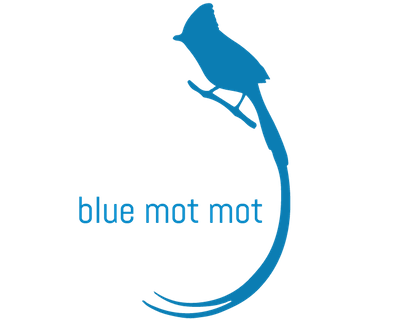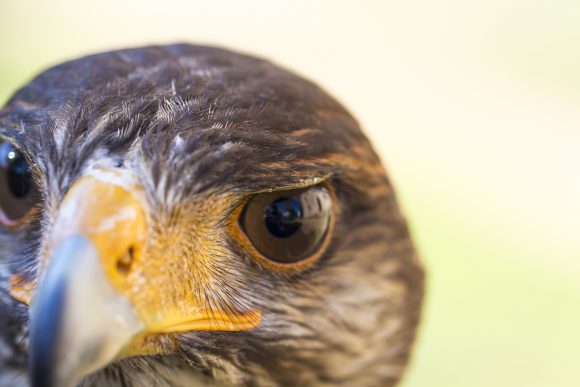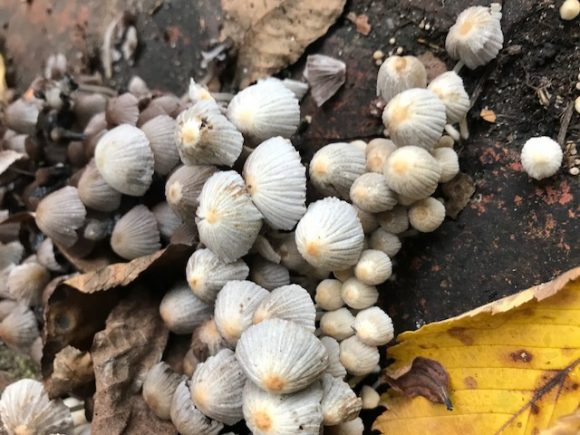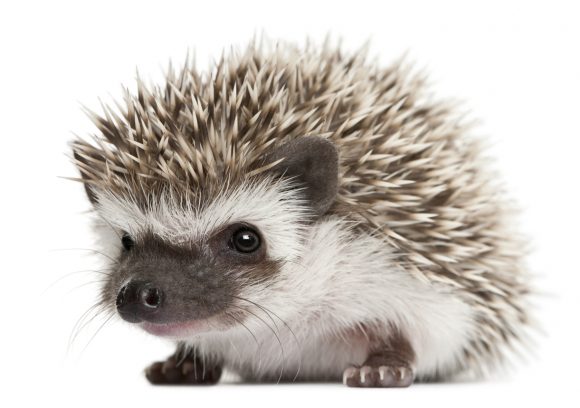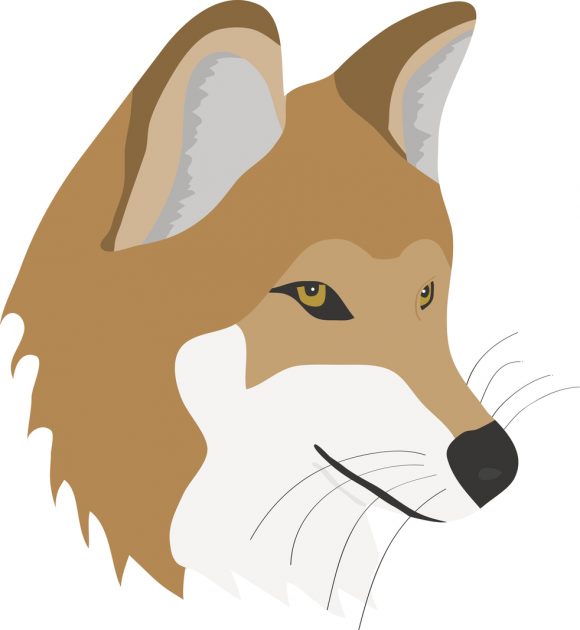I have a huge backlog of things I want to post (sorry about the silence), but I thought I couldn’t do better than this little bit of urban wildlife from the Washington, D.C. blog, Popville: “Two very horny raccoons on our front porch who spent the better part of two hours making out and then forming a mini fight club with a third raccoon.”
There’s some debate in the article comments about whether, in fact, these are horny raccoons or just a playful family unit of raccoons, and whether they’re cute or terrifying, but whatever they are, they’re entertaining, at least.
